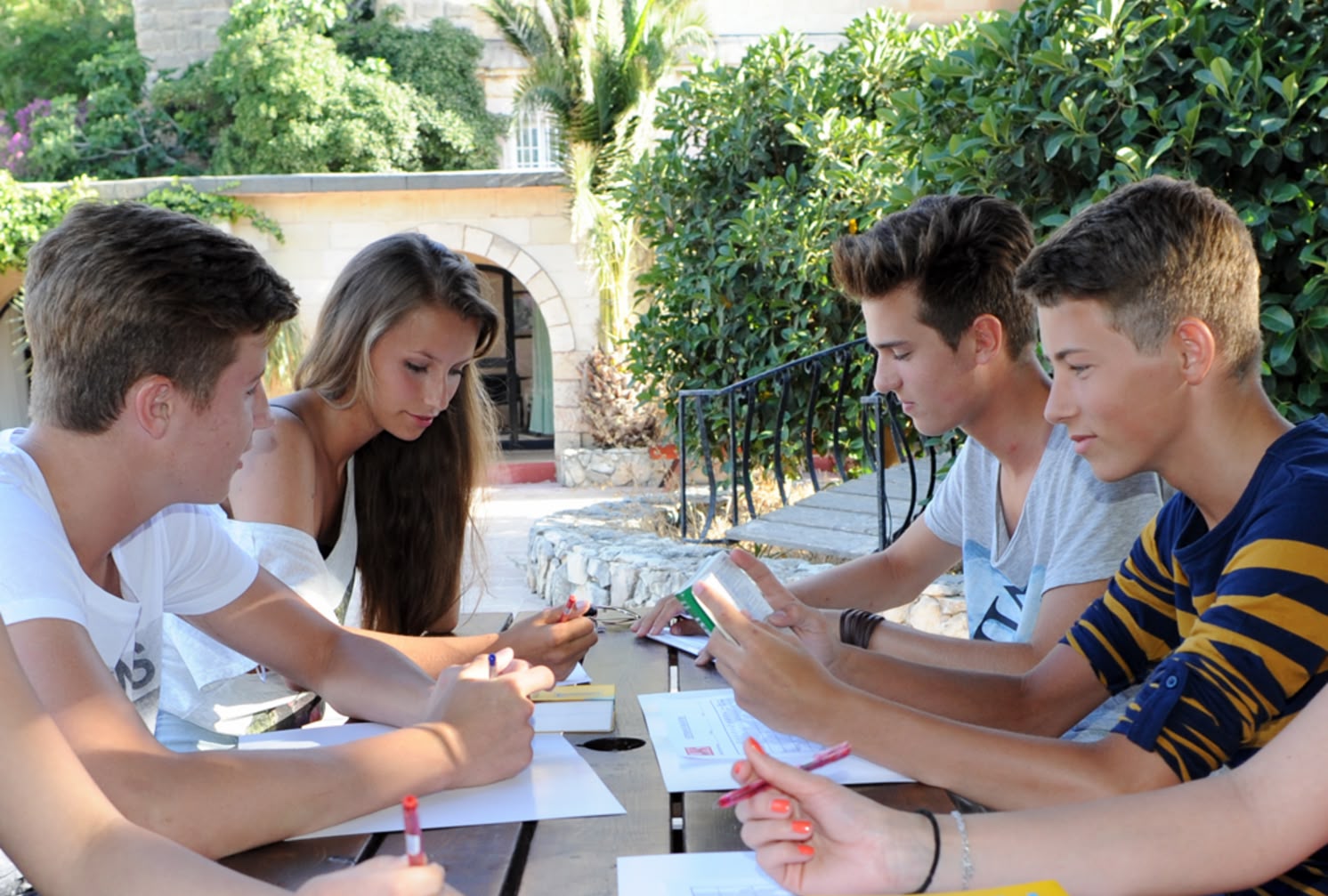
Definitely one of the most beautiful English language schools in Malta.
About the English school »Join us as we explore the Present Perfect Progressive tense! Long-lasting actions or states are expressed using the perfect progressive tense. With the aid of some pointers and example sentences, you can learn how to use the Present Perfect Progressive tense in English.
With our assistance, master English grammar and dazzle others with your command of the language. Let's go!
The auxiliary verb to have in the Present Perfect (have/has been) is required to create the Present Perfect Progressive tense. The verb in the sentence must also be in the -ing form. Check out how the Present Perfect Progressive tense is formed using the formula below:
Subject + have/has been + verb in -ing form = Present Perfect Progressive tense.
Forming the Present Perfect Progressive tense is not as challenging as you might have thought, as you can see from the formula. You will find a few examples of sentences in the Present Perfect Progressive tense below to help you better understand this tense.
| Present Perfect | Example |
|---|---|
| Have/has been studying | I have been studying for three hours. |
| Have/has been working | She has been working on the project all day. |
| Have/has been running | He has been running for an hour. |
| Have/has been reading | They have been reading the same book for weeks. |
| Have/has been sleeping | She has been sleeping for ten hours. |
| Have/has been eating | He has been eating his breakfast for half an hour. |
| Have/has been playing | They have been playing soccer for two hours. |
| Have/has been writing | She has been writing her essay for hours. |
| Have/has been watching | He has been watching TV since this morning. |
| Have/has been talking | They have been talking on the phone for an hour. |
Generally, actions or states that started in the past, continued into the present, and possibly continued into the future are described using the Present Perfect Progressive tense. Most frequently, the Present Perfect Progressive tense is used to emphasize how long an action or state has lasted.
For a better understanding of usage and formation, look at even more examples of sentences with corresponding signal words in the Present Perfect Progressive tense in our list below.
| Signal word | Example |
|---|---|
| Lately | I have been studying a lot lately. |
| Recently | She has been traveling a lot recently. |
| So far | We have been having a great time so far. |
| For | They have been living in London for two years. |
| Since | He has been playing guitar since he was 10 years old. |
| All day | I have been working all day on this project. |
| All week | They have been preparing for the exam all week. |
| All month | She has been saving money all month for her vacation. |
| All year | We have been planning this trip all year long. |
| How long | How long have you been waiting for the bus? |
| Up to now | He has been successful in all of his projects up to now. |

Definitely one of the most beautiful English language schools in Malta.
About the English school »
English courses for adults (Business English also available).
About English courses »
Supervised English programme for kids between the ages of 14 and 21.
English classes for kids »